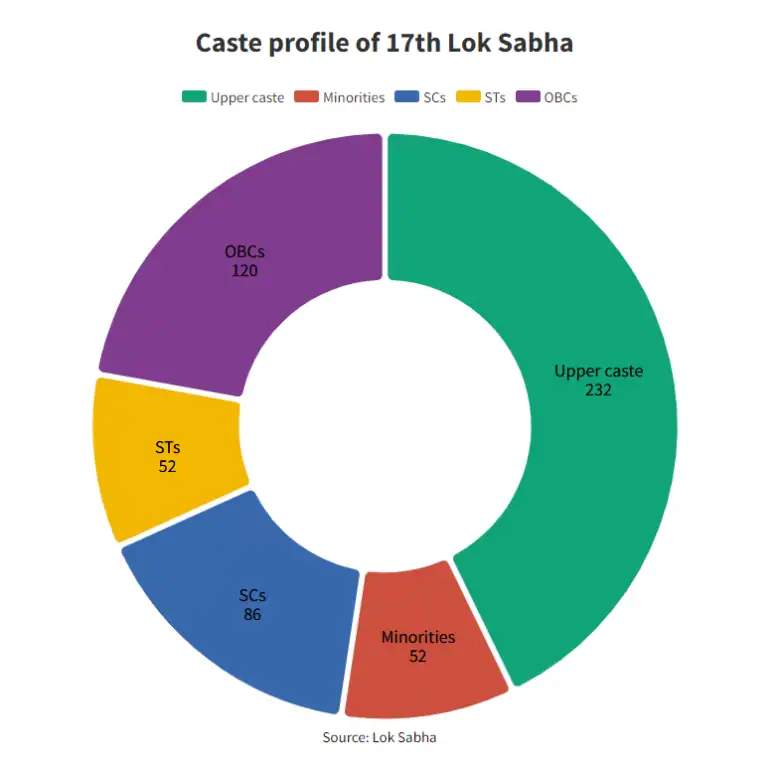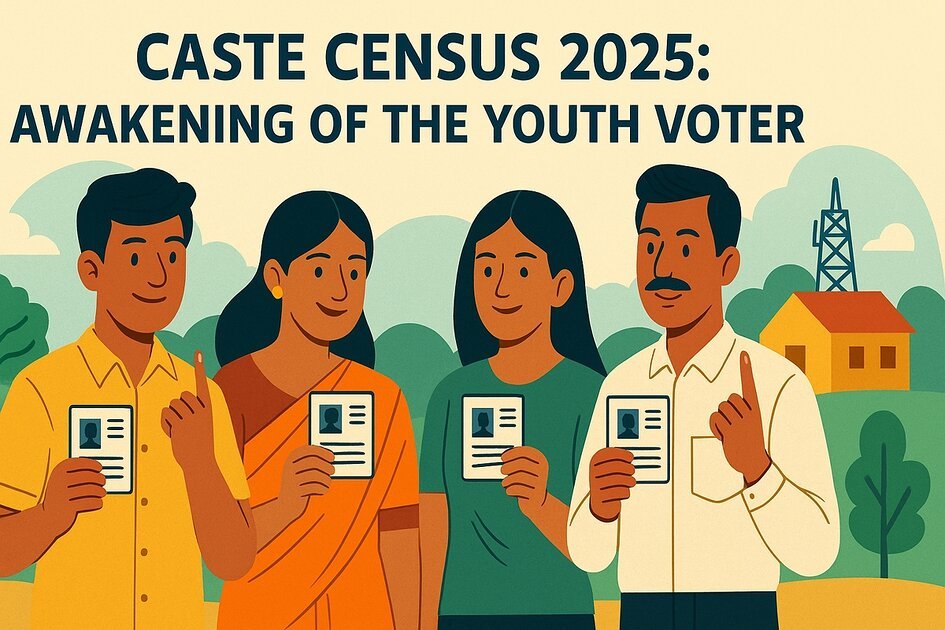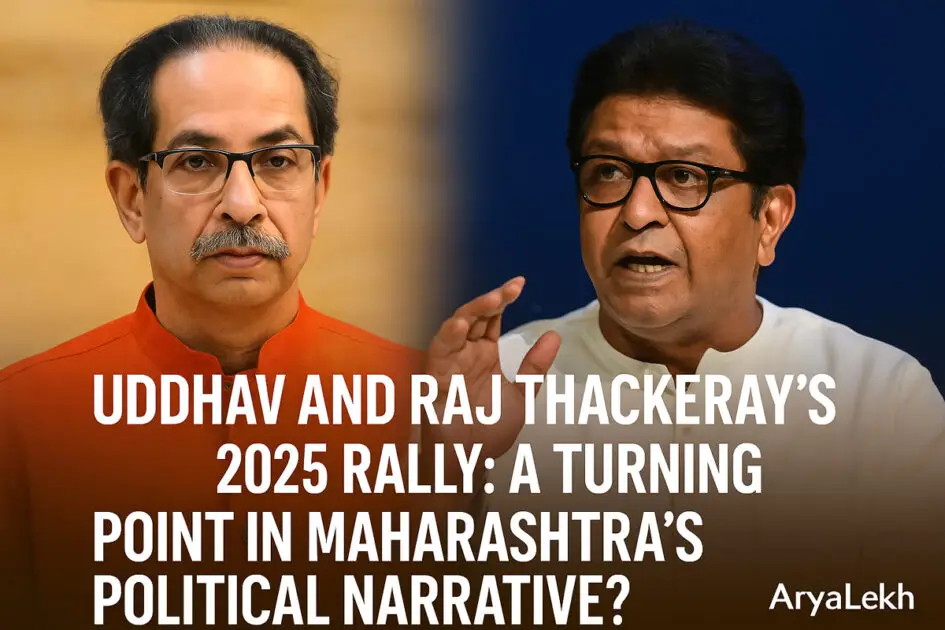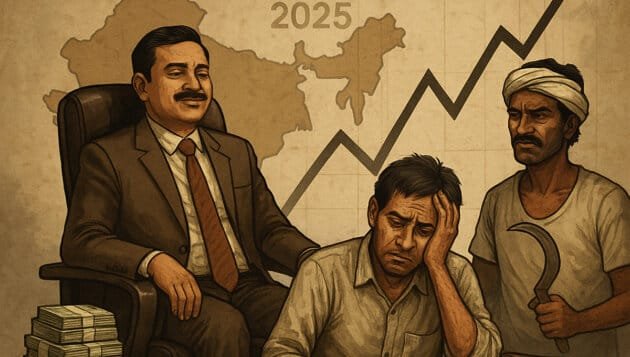In 2025, India finds itself at a pivotal junction—where long-standing questions of identity, representation, and justice are intersecting with the power of youth-led digital awareness. The upcoming Caste Census, proposed alongside Census 2027, is not just a bureaucratic exercise; it’s an emotional, political, and social demand backed by a generation that refuses to be silent.
Today’s young voters, armed with information, technology, and social consciousness, are turning this issue into a national debate. They no longer see caste as an outdated relic, but as an undeniable reality that still influences opportunity, education, jobs, and policy making. This awakening is reshaping Indian democracy from the ground up.
Background: What Is the Caste Census?
India has not conducted a comprehensive caste census since 1931. While Scheduled Castes (SCs) and Scheduled Tribes (STs) have been counted regularly, Other Backward Classes (OBCs) and their internal diversity have been missing from the official records.
In the absence of reliable data, policies are often built on outdated or estimated numbers—such as the Mandal Commission’s projection that OBCs constitute 52% of the population. Without an updated caste-based count, demands for fair representation in jobs, education, and politics remain on shaky ground.
Why the Youth Are Driving This Demand
1. Digital Native Activism
The Indian youth today are digital natives. Equipped with social media platforms, they are amplifying the call for justice. Hashtags like #CasteCensusNow, #CountUsAll, and #DataForJustice trend frequently on Twitter and Instagram, often led by student unions, campus journalists, and independent creators.
These platforms have democratised voices that were earlier marginalised. Where traditional media failed, reels, info graphics, and threads are succeeding.
“We don’t want promises. We want numbers,” reads a placard from a recent protest at JNU.
2. Representation Matters
From Parliament to civil services, from colleges to public sector jobs—young Indians are asking, “Who is getting in, and why?” They are not against merit, but they want to redefine it. For them, representation is not a token—it’s a right.
A caste census provides the foundation to measure social inclusion objectively. Without it, debates on reservation policies, social equity, and public spending are incomplete.
3. Educated but Unequal
Despite rising literacy and college enrollment, caste inequalities persist. In elite institutions like IITs and IIMs, representation of OBC, SC, and ST communities is still far below proportional benchmarks.
Youth from marginalized groups face intersectional challenges—from lack of financial support to subtle biases in classrooms and corporate interviews.
Political Responses: Who Stands Where?
States Supporting the Caste Census
- Bihar: Conducted its own caste-based survey in 2023.
- Maharashtra, Odisha, Telangana: Have either demanded or initiated similar exercises.
These states argue that policy without data is policy without direction.
Centre’s Hesitation
The central government approved Census 2027 but remained non-committal about including caste data for all communities. Officials cite logistical challenges and fear of “divisive” outcomes. Critics, however, believe the hesitation is more political than procedural.
Youth activists argue: If we can classify people by their Aadhaar, tax records, and addresses—why not caste, which is a deeper social determinant?
What the Data Says (Based on Bihar Caste Survey 2023)
Here are some key takeaways from the Bihar survey:
| Category | Population Share |
| EBC | 36.01% |
| OBC | 27.12% |
| SC | 19.65% |
| ST | 1.68% |
| General | 15.52% |
- Over 63% of the state belongs to socially and economically backward categories.
- A large portion of EBC and OBC households report income below ₹12,000 per month.
- Educational dropout rates among these groups are significantly higher than general categories.
These insights triggered widespread youth mobilization demanding similar exercises nationwide.
Youth as the Ethical Watchdogs
Today’s young Indians are not just asking for data—they are asking for responsible use of that data.
- Will caste data be used to uplift or to divide?
- Will it lead to more informed policies or simply become fodder for elections?
Universities and civil society groups are organizing workshops and legal awareness campaigns to ensure that ethical data governance becomes a priority.
The NPR Angle: Why It Matters
The National Population Register (NPR), initially meant to collect residence data, is being left out of the upcoming census update. This has raised eyebrows.
Many believe that without updating NPR:
- Census data may be duplicated or inconsistent.
- Migrant populations, often belonging to marginalized castes, will remain underreported.
- The process lacks verification and depth.
Youth leaders argue: If NPR isn’t updated, how will the caste census reflect ground reality? Transparency and accountability must go hand in hand.
Electoral Impact: Youth Voter as Kingmaker
By 2029, India is expected to have nearly 250 million first-time or young voters.
- This demographic is diverse, data-literate, and issue-oriented.
- Caste no longer defines them emotionally—it defines their access to resources.
- Their votes increasingly go to parties that show clear intent and real representation.
Political manifestos now mention caste census not as a moral duty, but as a voter demand.

Source: Asia Times analysis on caste dynamics castefiles.cometvbharat.com+1indianexpress.com
Challenges Ahead
Despite growing momentum, there are real challenges:
- Technical: Classifying sub-castes without overlaps or manipulation.
- Political: Managing backlash from dominant castes who fear loss of privilege.
- Social: Avoiding further fragmentation in the name of data.
Yet, youth argue: “Complexity is not an excuse. If we can send satellites to Mars, we can count people fairly.”
What Youth Want from the Caste Census
- Public Dashboards: Open data access for research and policymaking.
- Reservation Recalibration: Policies must match population realities.
- Inclusion Index: Yearly scorecards on how well governments include every section.
- AI & Tech Tools: Transparency through blockchain and digital validation.
- Privacy Laws: No caste-based profiling or discrimination via data leaks.
Conclusion: A New Era of Participatory Justice
The caste census of 2025 is not a clerical exercise—it’s a moral referendum on the soul of Indian democracy. It asks one fundamental question:
Do we have the courage to confront who we are, so we can become better?
And the youth—often dismissed as apathetic—are answering with urgency, clarity, and vision.
Their demand is simple: “If you want our vote, count our voice. Count our reality.”
Southend Airport Plane Crash 2025: Jet Goes Down After Takeoff, Emergency Lockdown Imposed
BRICS Expansion 2025: India’s Bold Role in a Changing Global Power Order



